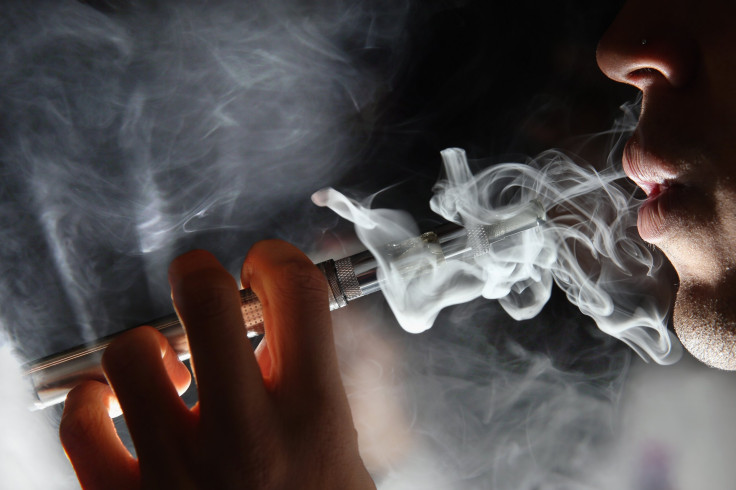Over 3 Million US Middle- And High-Schoolers Used Tobacco Products In 2022: CDC
KEY POINTS
- One in nine middle- and high-schoolers reported use of tobacco products in 2022
- Numbers are lower than in previous years, but there's 'more work to be done'
- 'Youth use of tobacco products in any form is unsafe': CDC
Over three million youths in the U.S. reported using a tobacco product this year, a new report found. Data also shows the persisting disparities in usage among the group.
Almost one in nine or 11.3% of middle- and high-schoolers reported current use of tobacco products in 2022, according to the new report by the U.S. Centers for Disease Control and Prevention (CDC) and the U.S. Food and Drug Administration (FDA).
This translates to about 3.08 million students, noted the CDC, and includes 2.51 million high school students and 530,000 middle school students. That's about one in six students from high schools and one in 22 middle school students.
"Tobacco use is the leading cause of preventable disease, disability, and death among adults in the United States," the agency said. "Youth use of tobacco products in any form is unsafe, and nearly all tobacco use begins during youth and young adulthood."
For the report, the agency assessed eight commercial tobacco products, from cigarettes and cigars to e-cigarettes. And for the ninth consecutive year in a row, e-cigarettes came out on top as the "most commonly used tobacco product" among students, with 2.55 million users. This is followed by cigars, cigarettes, smokeless tobacco and hookah respectively.
"The term 'tobacco product' as used in this report refers to commercial tobacco products and not to sacred and traditional use of tobacco by some American Indian communities," the agency clarified.
The report also found some persisting disparities in tobacco use prevalence among groups. For instance, non-Hispanic White students had the highest percentage of using e-cigarettes, while those who were of non-Hispanic American Indian or Alaskan Natives background reportedly had the highest percentage "of any tobacco product use," noted the CDC.
Non-Hispanic Black students, meanwhile, had the highest percentage of using combustible tobacco products at 5.7%.
The data also showed higher use of tobacco products in certain groups such as those identifying as lesbian, gay, bisexual or transgender, those whose grades are "mostly Fs," students from "low family affluence," and the ones who reported experiencing "severe psychological distress."
"Commercial tobacco product use continues to threaten the health of our nation's youth, and disparities in youth tobacco product use persist," Deirdre Lawrence Kittner, the director of CDC's Office on Smoking and Health, said in the agency's statement. "By addressing the factors that lead to youth tobacco product use and helping youth to quit, we can give our nation's young people the best opportunity to live their healthiest lives."
The director of the FDA's Center for Tobacco Products, Brian King, added that while there has been progress in the efforts to reduce smoking in youths, there is "still more work to be done."
While three million remains a high number, for instance, this is actually lower than the 4.47 million logged in 2020, and the 6.2 million in 2019.
Among the factors contributing to youths' use of tobacco products may include the way they're being marketed, the flavors, and "misperceptions of harm," the CDC said, adding that "greater exposure to tobacco promotion and advertising and greater tobacco retail outlet density in racial and ethnic minority communities" may also be contributing to the disparities.
Apart from authorities' continuing efforts, the CDC noted that anyone can do their part to curb youth tobacco use. This includes helping them to realize the dangers of using such products and supporting them when they want to quit.

© Copyright IBTimes 2024. All rights reserved.






















